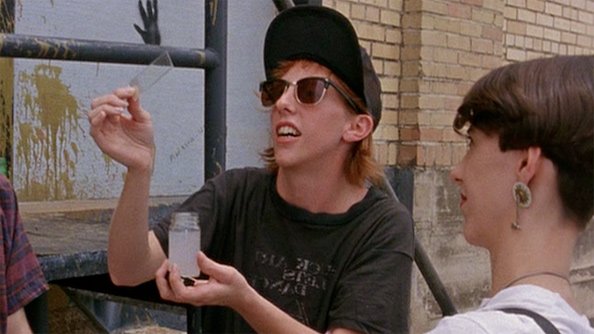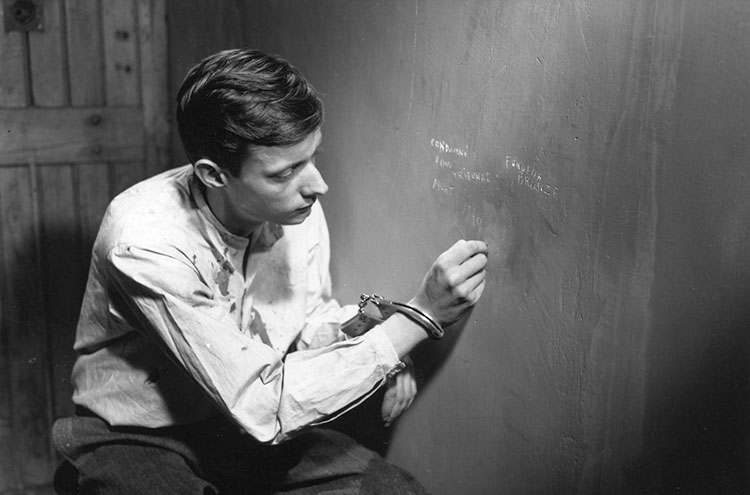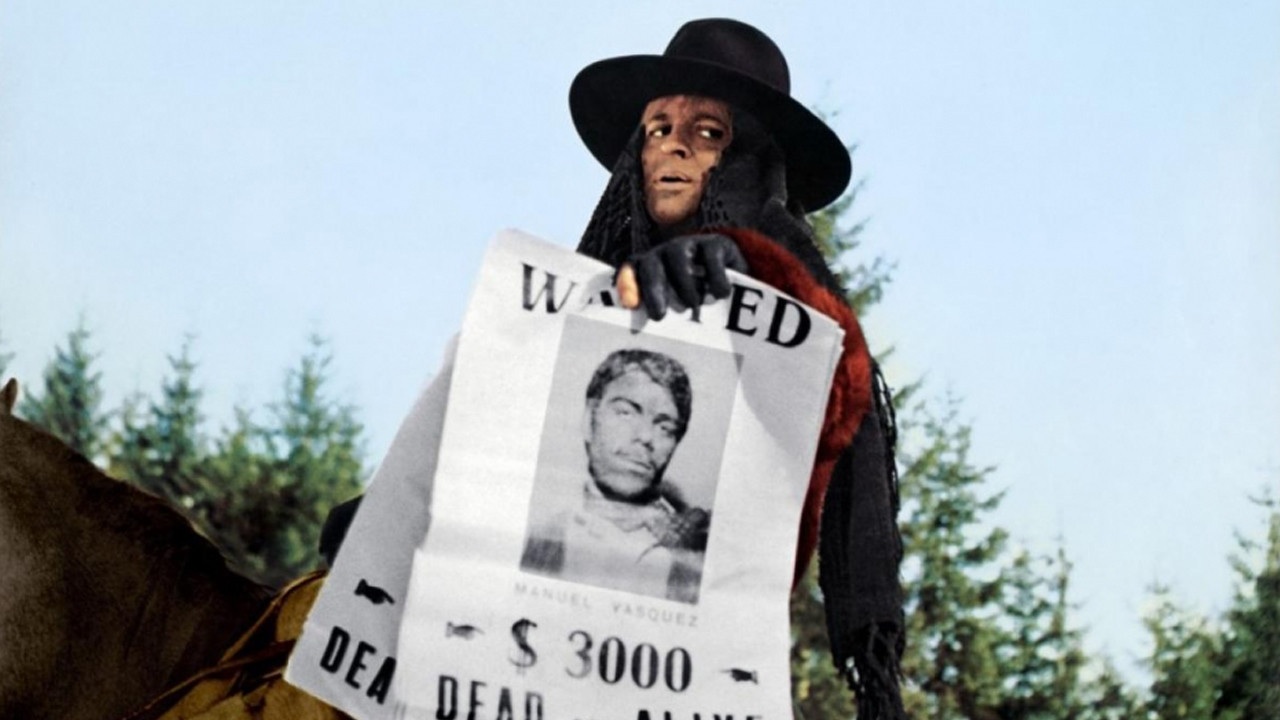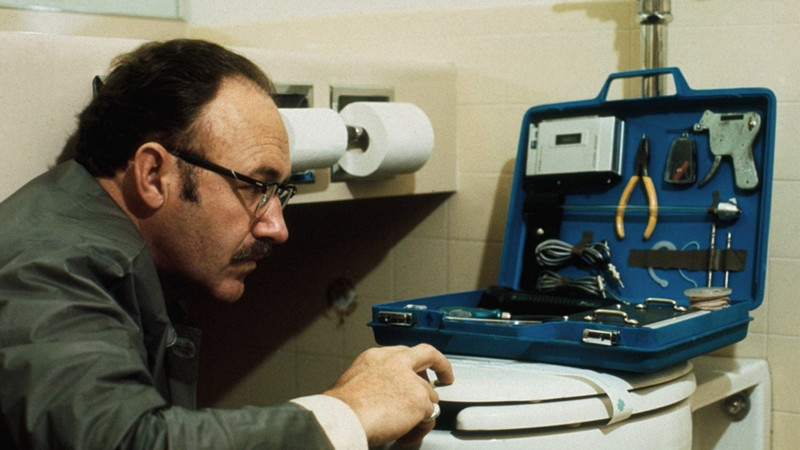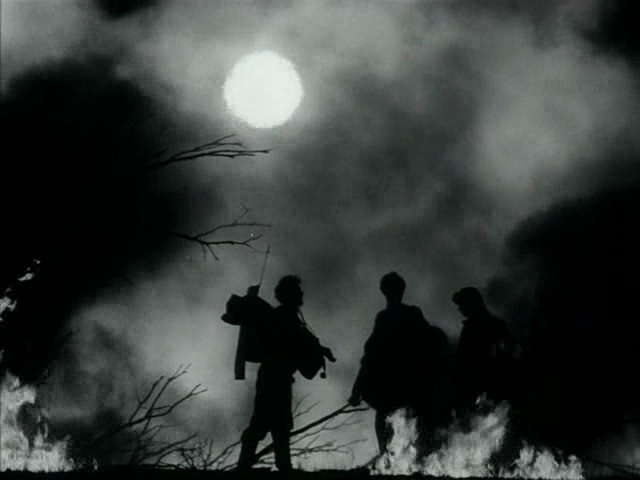7. Slacker (1991) – Richard Linklater
Overshadowed by: Before Trilogy, Boyhood
“Slacker” is the first film from modern legend Richard Linklater and probably his most “Linklater” film to date. The film does not have a “narrative” so to speak, other than looking at a day in the lives of a number of residents of Austin, Texas, in the early ‘90s. Beginning with a monologue delivered by Linklater himself to a taxi driver, a series of shortly connected vignettes is presented to the audience.
Each time a new character is introduced, they are as much or more interesting than the last. One sees everything from pretentious twenty-something-year-olds to wannabe grungers to an anarchist old man to people just down on their luck, and many, many more, none of whom cease to entertain.
Linklater likely could have made a feature film about any of the characters he presented, but instead decided to do something fresh and innovative, and in doing so, launched a sort of “Do It Yourself” revolution, the likes of which inspired many young filmmakers, including Kevin Smith and Robert Rodriguez. “Slacker,” however, still stands as the crowning achievement of ‘90s independent cinema.
8. A Man Escaped (1956) – Robert Bresson
Overshadowed by: Pickpocket, Au Hazard Balthazar
Based on a true story, “A Man Escaped”, is deceptively simple film about an imprisoned member of the French resistance during WWII and his elaborate plan to escape from his Nazi prison. Naturally, many complications arise. Instead of overdramatizing these events, Bresson instead chooses to frame them simply, still but making these moments feel tense and, at the same time, realistic.
Having most of the film shot with a “normal lens” (reproducing how the human eye perceives depth) and having many close-ups of the protagonist working with his hands, the film feels grounded, as if the audience were looking at it from the hero’s perspective.
The film’s sound design is also some of the most expert ever created, making the audience feel nervous just hearing the sounds of footsteps outside of the door. Bresson’s signature quietude in combination with a suspense-filled story makes for a film experience unlike anything else.
9. The Great Silence (1968) – Sergio Corbucci
Overshadowed by: Django
Dark, gritty, violent, sexual, and under the cover of snow, “The Great Silence” is a complete antithesis to the American Western. The film has a classic western setup: A mute wandering antihero (Jean-Louis Trintignant), a sadistic bounty killer (Klaus Kinski), and a new sheriff (Frank Wolff) all end up in a small western town at the same time, leading to a series of intense and violent clashes. However, “The Great Silence” never ceases to surprise.
The first twist is that it’s a western set in the snow. Instead of using the unforgiving nature of the desert to make a vast and harsh backdrop, Corbucci uses the frozen mountains of Utah to show a land that is as cold as its most sadistic inhabitants are.
Corbucci also allows his westerns to go darker than any of his contemporaries do in Italy, showing everything from mutilation to rape. Furthermore, he makes the villain, the always terrifying Klaus Kinski, superior to the heroes of the story, because he isn’t held back by any moral codes, leading to an intense and shocking final half.
10. The Nights of Cabiria (1957) – Federico Fellini
Overshadowed by: La Dolce Vita, 8 ½
Lying somewhere in between neorealism and a genre that can only be described as “Fellini,” “”The Nights of Cabiria” is truly the turning point in Federico Fellini’s career. Starring Giulietta Masina as a prostitute in search of love, she roams the street looking for the guy to take her away from it all, and many times, she thinks she found him, only to discover the harsh reality.
Fellini lays out the central themes and folly of the character right from the get-go and then plays with these ideas throughout the film leading to an ending that the audience thinks they can anticipate, but they will still end up surprised at the last moment. Like many of Fellini’s great works, “The Nights of Cabiria” is a comedy without compromising its tragedy, a truly wonderful film looking at hope and analyzing what we call “love.”
11. The Conversation (1974) – Francis Ford Coppola
Overshadowed by: The Godfather, Apocalypse Now
The main theme of “The Conversation” could be condensed into to one word: surveillance. In doing so, however, much of what makes the film so great is lost; it is not just a film about surveillance. ”The Conversation” is more than just a film about cold war paranoia and how surveillance affects us; it is also a total subversion of everything expected from a film like this and can be viewed as a descent into insanity more than anything.
While a much smaller film than with which what people usually associate Coppola, “The Conversation” rivals his more popular films in mastery of the medium. Every time, the audience feels certain they can predict the outcome with all of the clues Coppola provides, but then Coppola takes it in a completely different direction with one of the most surprising endings in film history.
12. Letter Never Sent (1960) – Mikhail Kalatozov
Overshadowed by: The Cranes are Flying
Gripping, beautiful, heartbreaking, hopeful, and undeniably patriotic, Kalatozov’s “Letter Never Sent” is the embodiment of Soviet filmmaking in its highest artistic form. Like many of the great Russian films, it is on a superficial level, a propaganda piece: “To those who, in any field of human endeavor – be it in the settlement of wild and desolate lands or the daring rush into space – follow in the difficult path of the pioneers, and to the Soviet people, this film is dedicated.”
Nevertheless, like many great propaganda pieces, the film’s story and themes transcend nationality, and “Letter Never Sent” shows the power of human will in a most beautiful way.
Following a group of diamond hunting geologists in the Siberian wilderness, Kalatozov’s longtime cinematographer Sergey Urusevskiy brings the film’s world to life with some of the most beautiful wide-angle photography ever shot. Kalatozov presents universal messages about duty, love, and human will in one of the greatest and most moving “man vs. nature” films ever made.
13. The Master (2012) – Paul Thomas Anderson
Overshadowed by: There Will Be Blood
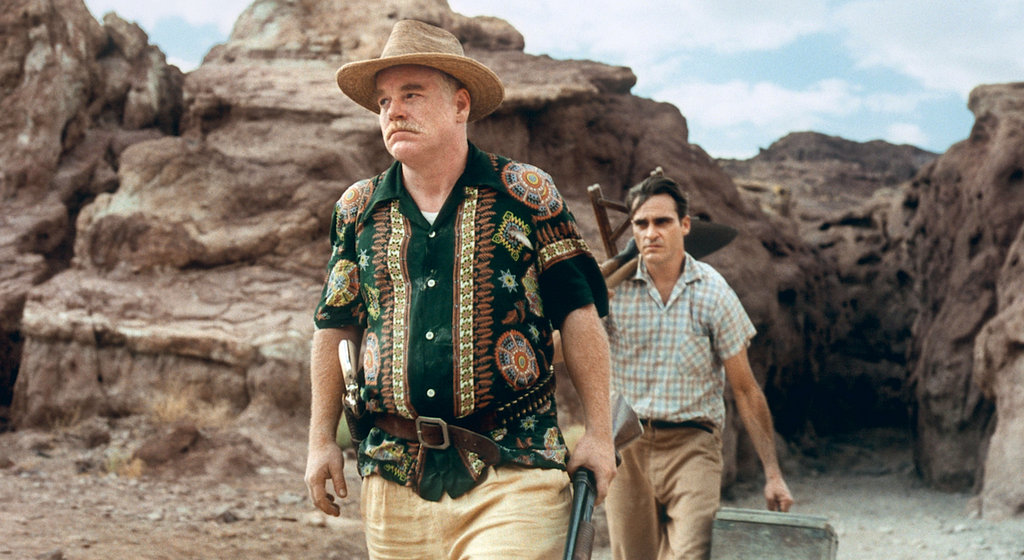
A film quite unlike anything before it, “The Master” is probably Paul Thomas Anderson’s biggest leap forward and most innovative film (and yes, that is saying a lot). The first film shot entirely on 70mm since Kenneth Branaugh’s “Hamlet” in 1996, “The Master” is also Anderson’s most visually stunning.
The story of a lost soul, as Philip Seymour Hoffman’s character, Lancaster Dodd, would describe it, is a beautiful tale of friendship and freedom. Joaquin Phoenix plays Freddy Quill, “the lost soul”, and it is impossible to look away from him whenever he is on-screen, stealing every scene (which is usually Hoffman’s trademark). Both lead actors give career defining performances, which will be cited for years to come, as some of, if not their best.
The unconventional pacing makes this film strange to watch at first, and it is very hard to know what to make of it upon a first viewing. However, whenever revisited, the film manages to become clearer, more beautiful, and more emotionally resonant. The film’s main themes can be summed up with one of the last things that Lancaster Dodd tells Quill: “If you figure a way to live without serving a master, any master, then let the rest of us know, will you? For you’d be the first person in the history of the world.”
Because of the serious changes in style from his previous films and the unconventional pacing, “The Master” opened to mixed reviews from critics and audiences alike, and it didn’t help that Anderson’s previous film was the incredible “There Will Be Blood”, yet somehow he pulled a Fellini and managed to top the untoppable. In a decade or two, “The Master” could very well be hailed as Anderson’s finest work, unless he somehow manages to do it again.
